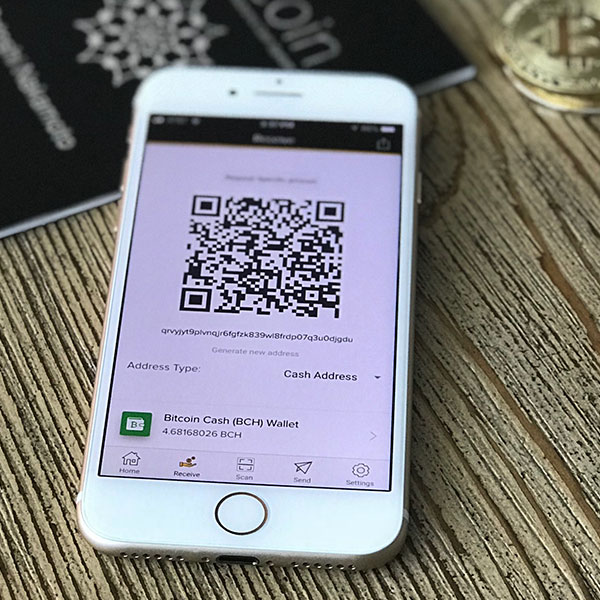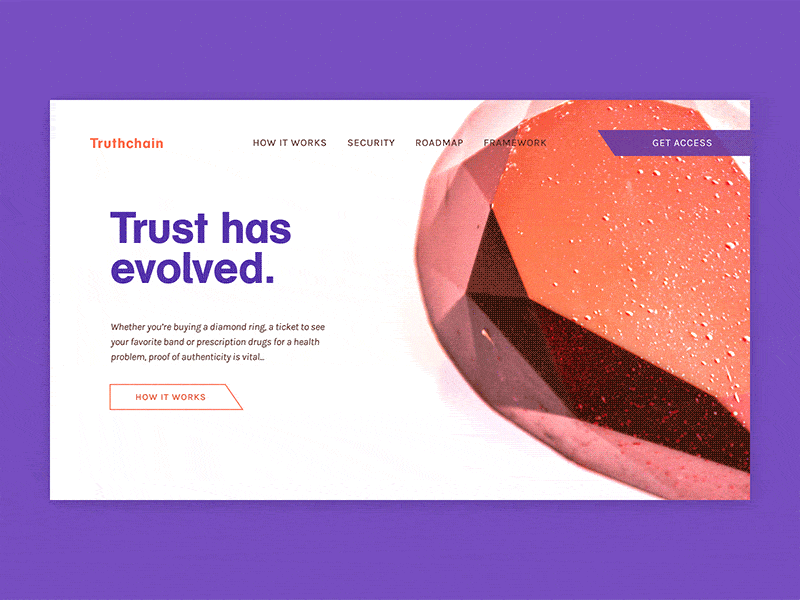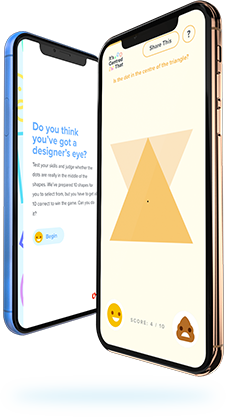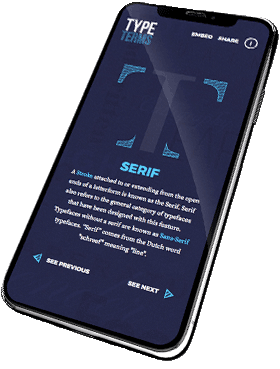At Supremo, we’re very excited about the future of the web and in particular blockchain. Described as ‘Web 3.0’, blockchain technology is fast gaining popularity as a secure and collaborative way to manage data. Experts talk about blockchain turning the digital landscape upside-down. And with the technology’s potential to revolutionise conventional systems it’s hard to disagree.
5 ways we think blockchain could change the world:
Blockchain promises big changes for the digital industry and wide-ranging practical implications. We think the tech will have global impact in several ways:
- In Third World areas without access to banking, blockchain can reduce poverty by providing a financial system. Imagine rural villages collecting donations to a digital wallet via a smartphone, then using that cryptocurrency to buy goods directly, including delivery.
- Digital voting using blockchain can put a stop to electoral fraud. Blockchain systems have an open edit log, meaning entries are both permanent and tamper-proof; once a vote is cast it would be ‘locked in’ to the system, with no way to remove or alter it.
- Blockchain tech would allow you to ensure Fairtrade products meet your own ethical criteria. You could check the code on the product, then follow each location checkpoint on its route, right to the source.
- Tracking your charity donations through blockchain: funds can be transferred directly to the people in need – without any third-party taking a cut. You can then access the blockchain to see the donation put to use.
- Taking control of your medical records: currently these get passed around from GP’s to hospitals, a time-consuming process. But a blockchain would allow you to securely share your medical history anywhere in the world – for example after an accident abroad. Doctors could easily access the data and add the latest entries to your log.
UX Challenges to solve

What’s really interesting are the UX challenges we’ve yet to face as the technology advances and becomes more ingrained into businesses in general.
- Because there’s no way to cancel an action, if you make a mistake it’s out there for the world to see. How do we explain this to the user?
- Inputting wallet addresses involves long strings of code which currently requires use of the copy & paste function. How do we make this a quick and trusted process?
- Users are familiar with the simple ‘forgotten password’ failsafe to get them back into an account. With blockchain, losing your personal key is a big deal. How do we make users aware of the risk?
- Completing an addition to a blockchain requires validation from the decentralised network, a process that isn’t as simple as sending it to a central server. How do we make users aware that their entry could take hours to validate?
- As a blockchain user you get a public and private key. The public key is what you share to receive, but your private key is for your eyes only – it’s essentially your password. How do we highlight the differences?
- How do we as blockchain users take ownership of vital information offline? How do we explain the dangers of losing this information?
Truth Chain concept screenshot by Supremo on Dribbble
Blockchain technology could create greater accountability and security, and give more power to individuals to control and access their data. But hand-in-hand with the benefits come fundamental changes for user interaction. And this presents both a challenge and an opportunity for us in the digital industry to make the transition as easy as possible.
Working on something exciting involving blockchain? Get in touch and let us know. We’d love to hear more about it.
–
1. Photo by Anes Sabitovic on Unsplash – https://unsplash.com/photos/AyflGfRL9OA
2. Photo by David Shares on Unsplash – https://unsplash.com/photos/URrK-Rc4joU



